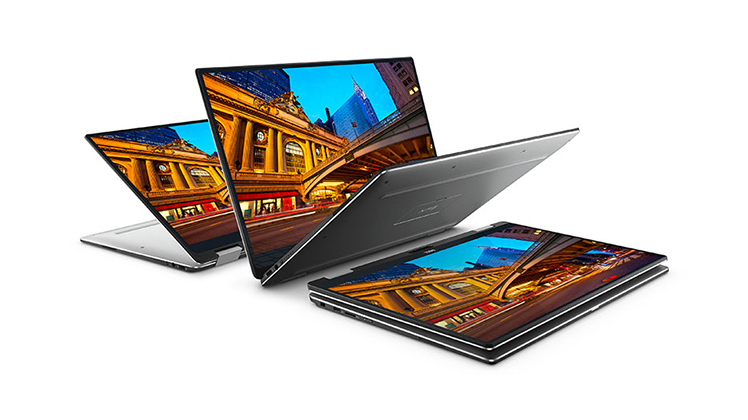If you want to upgrade your laptop soon, we recommend you go with an ultrabook. An ultrabook is thin and light, has long-lasting battery life, and what most people need a PC for. Here are our five tips for how to pick a great ultrabook.
1. Be as portable as possible
An ultrabook should be as light and slim as possible, ideally under 1.3kg for today’s ultrabooks. Anything heavier and you’ll be looking at beefier laptops rather than ultrabooks.
2. Use 7th generation Intel Core i processors
A new ultrabook should use 7th generation Intel Core i processors, which are smaller, faster and more power-efficient.
Some ultrabooks use Intel’s ultra-low-voltage (ULV) processors, which have a ‘Y’ in the name. These are even more power-efficient than traditional Core processors and can be passively cooled, which negates the need for fans, leading to slimmer ultrabooks.
3. Battery life is key
Solid battery life is key for an ultrabook, which you’re likely to carry with you everywhere you go. While real-world battery life will depend on how you use your ultrabook, look for one that’s rated for at least seven hours.
4. Future-forward with USB-C ports
This advice is going to be controversial, but USB-C is the future. Since you’ll be using a new ultrabook for a few years, it’s better that you start using USB-C sooner than later. You’re going to need an adapter in the meantime to keep using your USB-A peripherals, but USB-C offers a lot more, least of all its smaller size.
USB-C can provide up to 100 watts of power — far more than the 2.5 watts provided by USB 2.0 ports. That means you can even charge your ultrabook via USB-C using a compatible portable battery pack; no more worries if you’re far away from a power point.
A key point is to look for a USB-C port with the USB 3 standard. It’s confusing, but a USB-C port can be either USB 3, which can transfer data at up to 5 Gbps, or USB 3.1, which goes up to 10 Gbps. A USB-C port can even use the old USB 2.0 standard, which is much slower. A USB-C port with either USB 3 or USB 3.1 is fine, but you don’t want to be stuck with USB 2.0.
5. Get a high-resolution screen

We recommend you get an ultrabook that has QHD (3,200 x 1,800) resolution, which gives you a sharper image. Ppi (pixels per image) may not be on the top of your mind when shopping for a new ultrabook, but it’s the difference between seeing smoother text and pictures versus jagged fonts and low-resolution images.
Also, look for ultrabooks with IPS, not TN, displays, because IPS displays give you better viewing angles and are more color-accurate.
Bonus to touch and tablet features

Most of us are probably used to touching our smart devices by now, so it’s a bonus if you get an ultrabook with a touch screen. You might not touch the screen all the time, but it’s a time-saver when you can simply tap and scroll on something instead of using the arrow keys and trackpad.
Another bonus if you can use the ultrabook as a tablet too, which is known as a “2-in-1” ultrabook. These either let you detach the screen, or fold the ultrabook so it turns into a tablet, which is handy for when you want to read, annotate, or unwind in your down time by watching videos.

